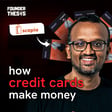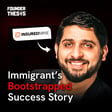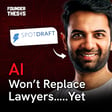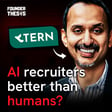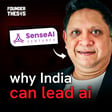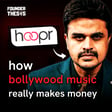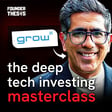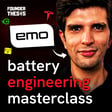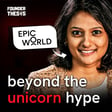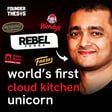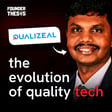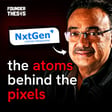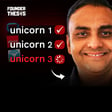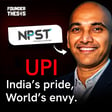
Building The Blue-Collar Hiring Ecosystem | Nimish Sharma @ WorkEx
‘Innovation happens when you work on a problem, but adoption happens only during a crisis.’ – Nimish Sharma (WorkEx)
The pandemic tested us in unimaginable ways. Many around us lost jobs, and as the economy slowed down, unemployment became a serious issue.
In a candid conversation with Akshay Datt, Nimish Sharma, Co-founder and CEO, WorkEx, takes us through his journey. He started his entrepreneurial journey way back in 2007 after graduating from IIT Kanpur.
Nimish fondly recalls his earlier days, when his passion for aerospace made him quit his job to start Aurora Integrated Systems in 2006, which was one of the earliest drone manufacturing companies in India.
In his second innings, he started WorkEx in 2017 to reduce the time taken between candidate discovery and hiring, especially for the blue and grey collar workforce.
Tune in to this episode to hear Nimish talk about how WorkEx is democratizing access to the job market through its disruptive AI/ML technology.
What you must not miss!
- If you are passionate about something, nothing else matters.
- WorkEx’s revenue generation model.
- Fundraising journey.
- How has COVID impacted the adoption of the WorkEx platform among job-seekers and employers?
